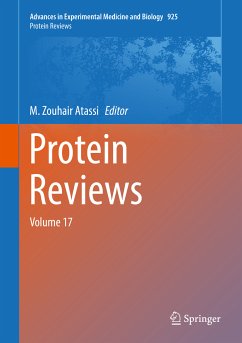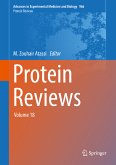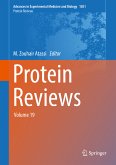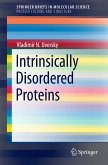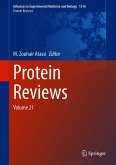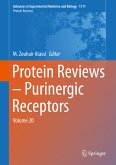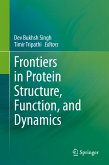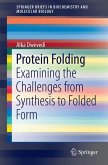The chapters in this volume are authored by experts in the field. They deal with aspects of structure and biological activity of selected proteins. Specific chapters deal with the aggregation of FET proteins (FUS, EWSR1, TAF15) as a pathological change in amyotrophic lateral sclerosis, structural changes fundamental to gating of the cystic fibrosis transmembrane conductance regulator anion channel pore, the dual roles for epithelial splicing regulatory proteins 1 (ESRP1) and 2 (ESRP2) in cancer progression, controlling autolysis during flagella insertion in Gram-negative bacteria, the regulation of skeletal muscle myoblast differentiation and the proliferation by pannexins, hyaluronidase and chondroitinase, factors that control mitotic spindle elongation, how secreted phospholipase A2 type IIA (sPLA2-IIA) activates integrins in an allosteric manner, the simple and unique allosteric machinery of Thermus caldophilus lactate dehydrogenase, and the reduction of chemically stable multibonds: Nitrogenase-like biosynthesis of tetrapyrroles. This volume is intended for research scientists, clinicians, physicians, and graduate students in fields of biochemistry, cell biology, molecular biology microbiology, immunology and genetics.
Dieser Download kann aus rechtlichen Gründen nur mit Rechnungsadresse in A, B, BG, CY, CZ, D, DK, EW, E, FIN, F, GR, HR, H, IRL, I, LT, L, LR, M, NL, PL, P, R, S, SLO, SK ausgeliefert werden.

